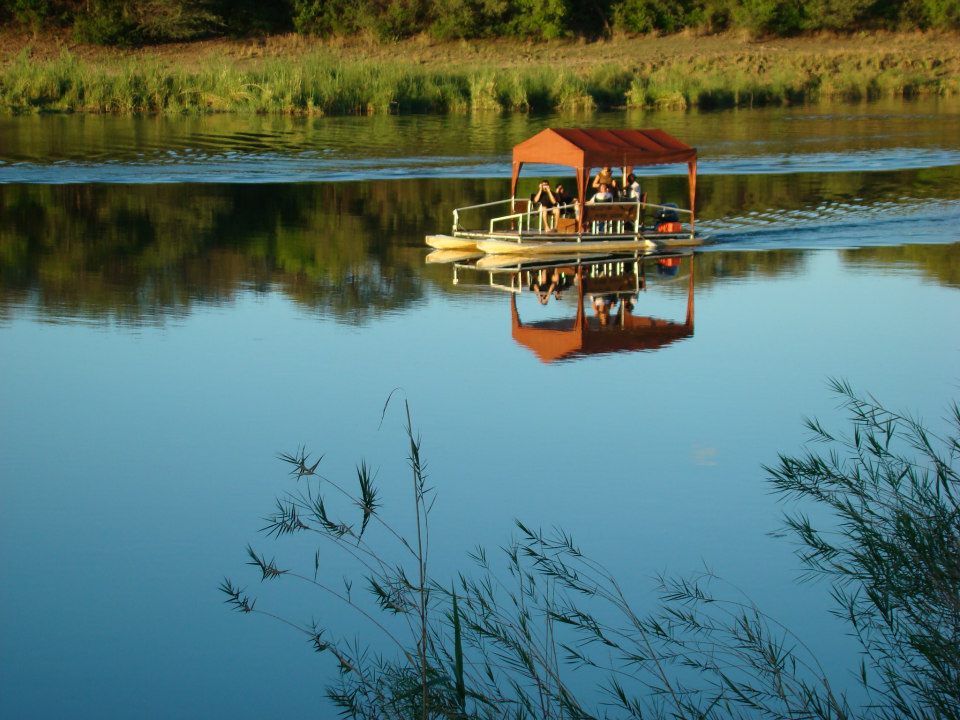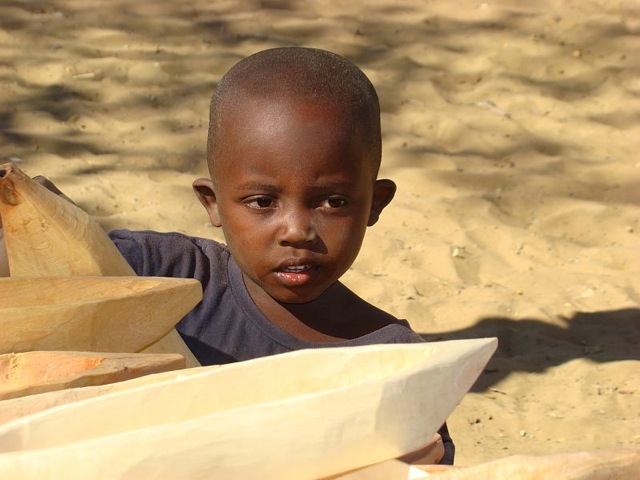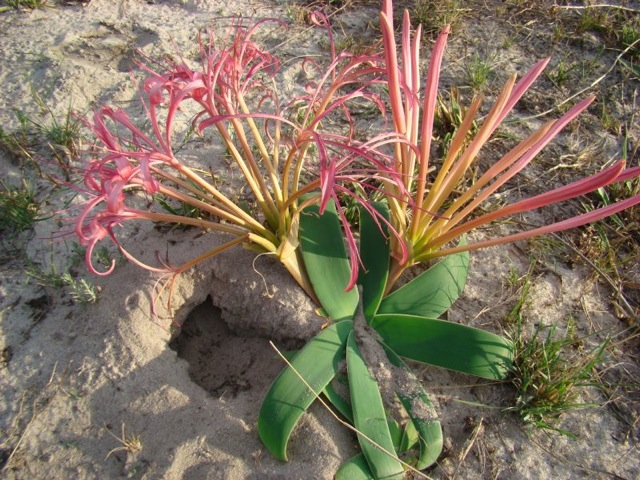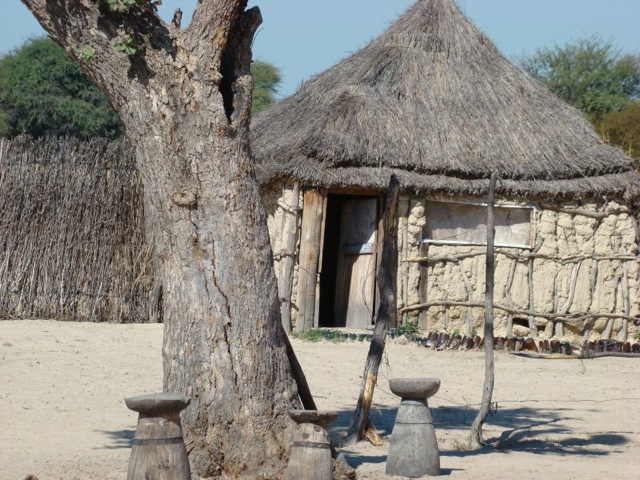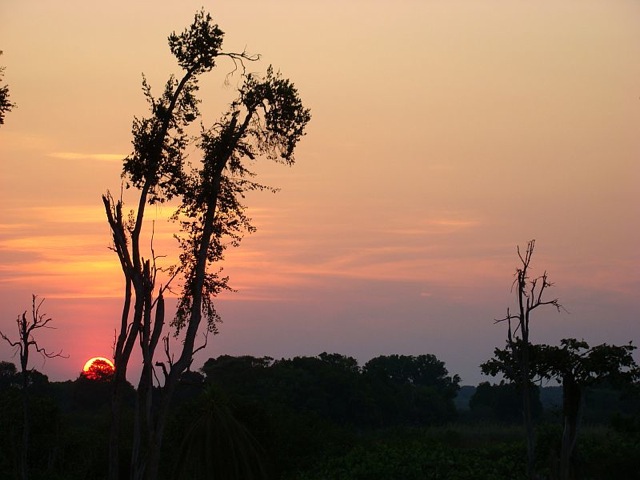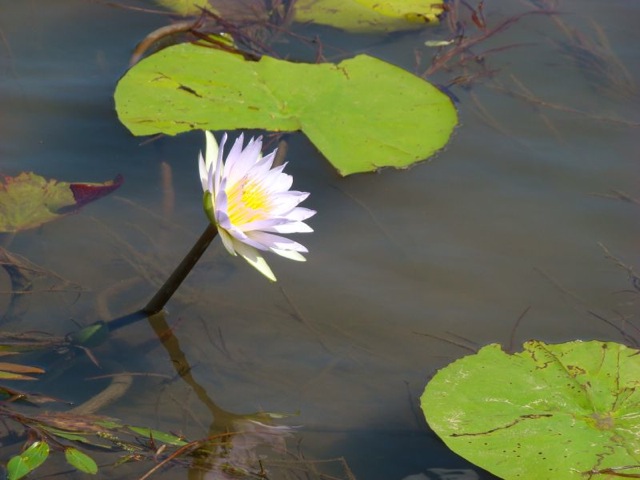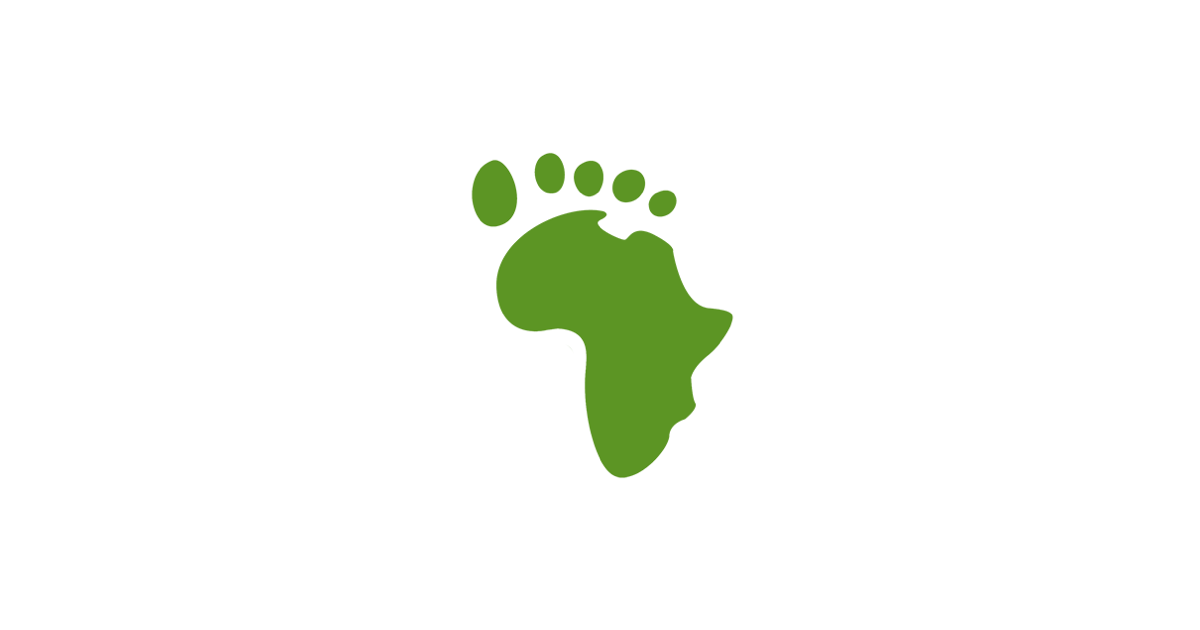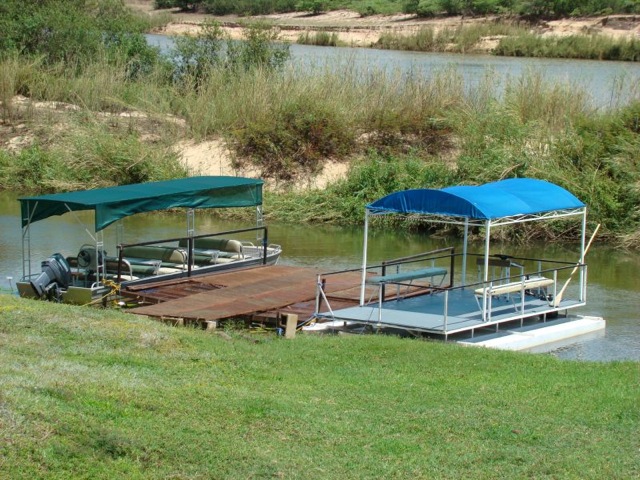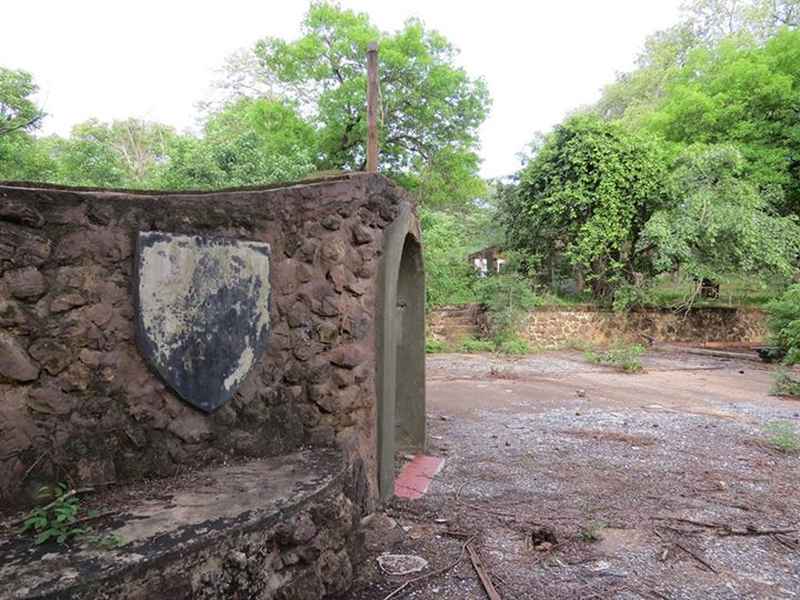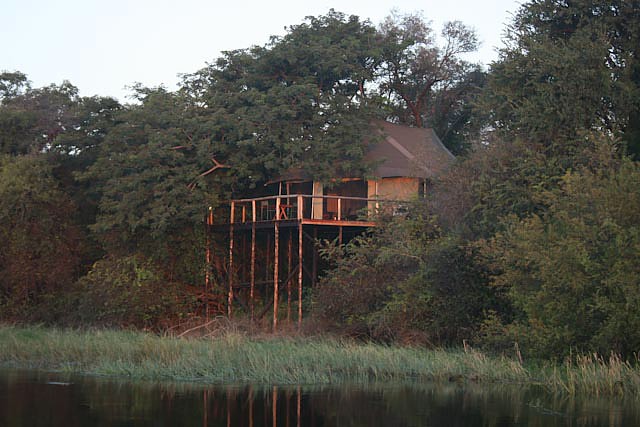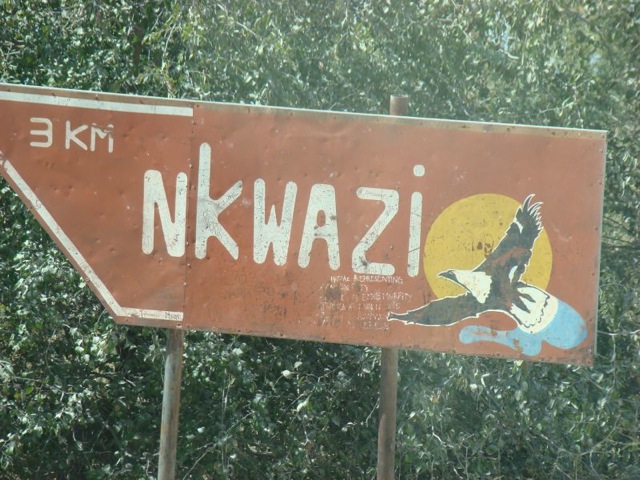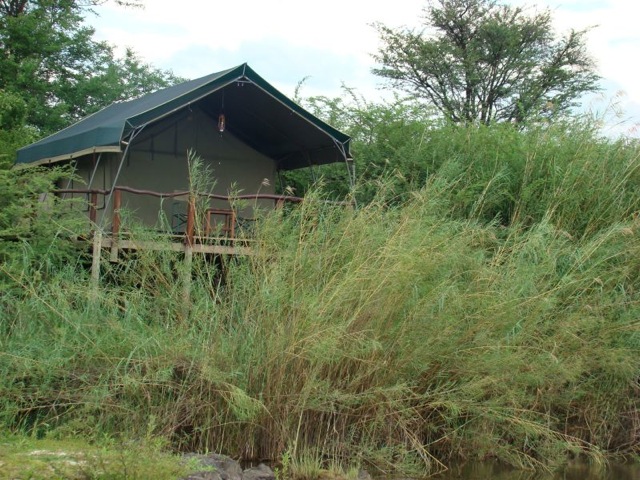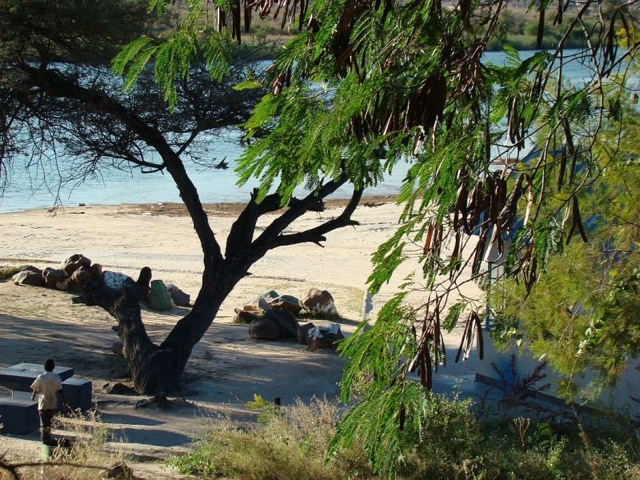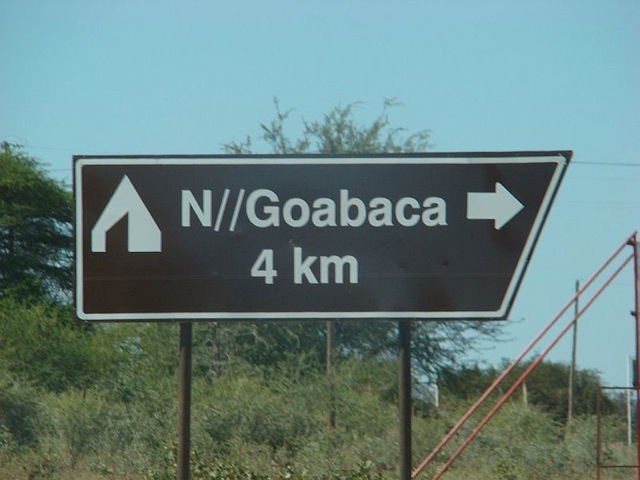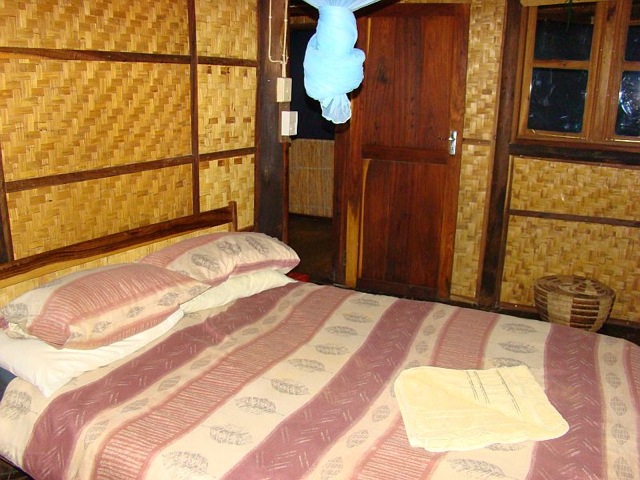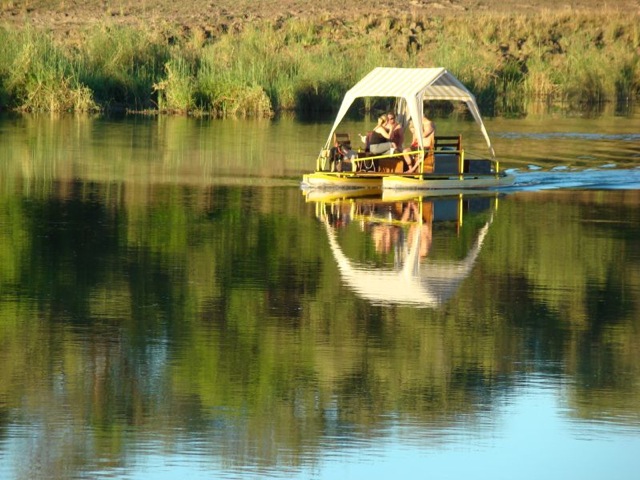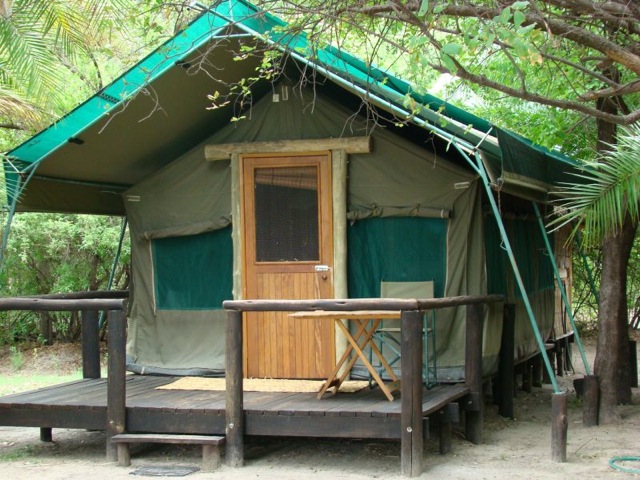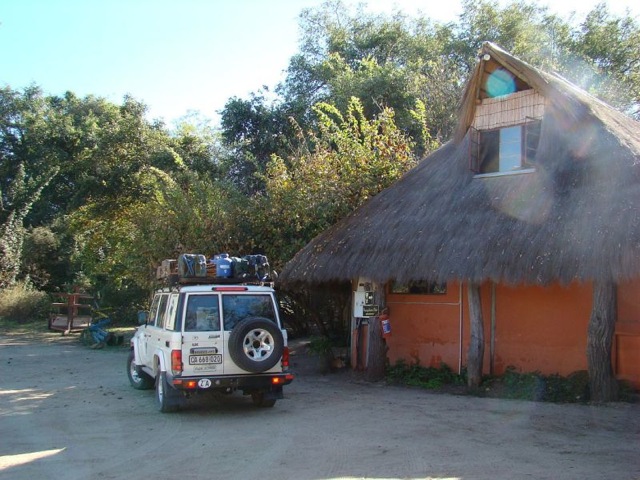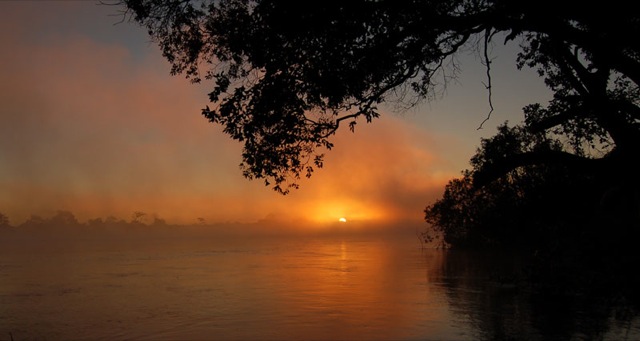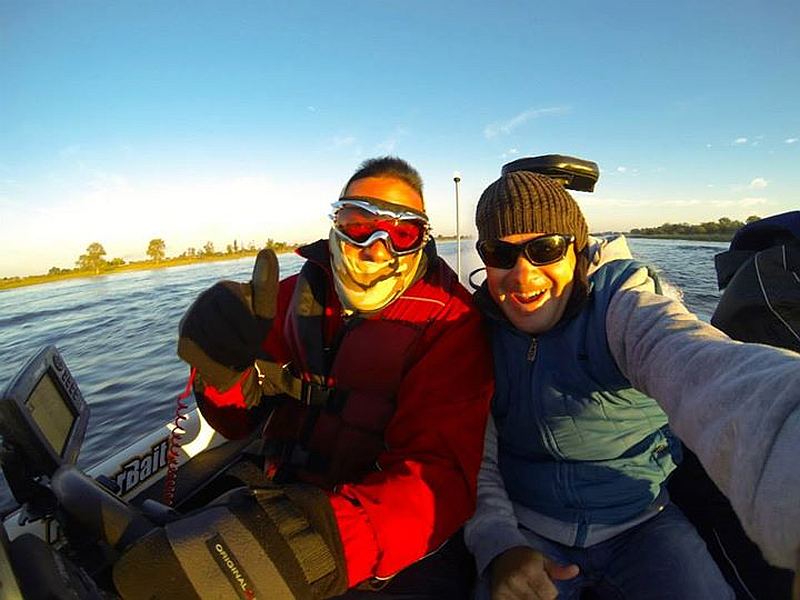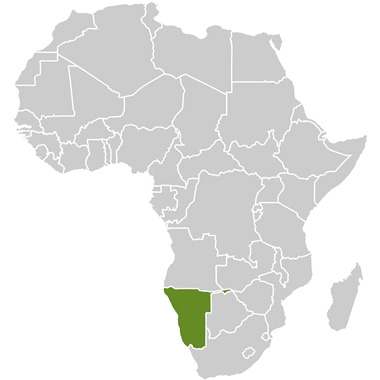The Kavango Open Africa Route is based on the riverine landscapes of the Kavango, its people, birds and wildlife. This unique travel route is situated in north-eastern Namibia and roughly stretches from Mpungu in the west to Divundu in the east, incorporating Mahango and the Khaudum Game Park in the south. The extensive waterless areas that isolates this route from the rest of Namibia is possibly the major reason why this area was only discovered by early explorers very late during the nineteenth century, and remains undiscovered by tourists in many ways today. The Kavango River offers numerous activities such as sunset cruises, fishing and game viewing. Apart from being a wildlife habitat, a source of livelihood for the Kavango people and a tourist attraction; the Kavango River is a natural boundary between Namibia and Angola for more than 400 kilometres.
The southern winter (May-September) in Namibia is characterised by pleasant daytime temperatures (about 25°C), while the nights are very cold; often below zero. During the summer months, daytime temperatures can soar to well over 30°C while nights bring little relief. This is a malaria risk area and it is important to consult your doctor and take suitable precautions.
Reasons to visit
Visitors to the area can experience attractions such as Khaudum Game Park, the small, but well stocked Mahango Game Reserve and the Popa Falls. The area needs more than a day or two to truly explore as the wealth of cultural and natural attractions will easily keep you occupied.
Hotspots for wildlife and birding include the Khaudum National Park, Mahango and Bwabwata National Parks and the Kavango River. The Kavango River and Mahango Game Park are also listed as important bird areas. The route has high numbers of game including large herds of elephants, giraffe, wildebeest, sable and roan, lion, impala, tsessebe, zebra, buffalo, leopard and hyena. Some bird specials include grey-headed parrot, sharp-tailed starling, black coucal, ground hornbill and western red-footed kestrel (seasonal). The Kavango River also boasts an active population of hippopotamus and crocodiles.
Rundu is situated on the banks of the Kavango River and offers scenic river views. This rapidly growing town is the administrative centre and main economic hub of the Kavango region. The area produces mahangu (millet), cattle, goats and wood carvings. Due to its close proximity to Angola, Rundu has a slight Portuguese influence. The closest large towns are Katima Mulilo, around 500 kilometres to the east, and Grootfontein, 250 kilometres to the south west. Many tourists use Rundu as a stopover when heading to, or from Etosha National Park and on to the Caprivi Strip, Bwabwata National Park, Mudumu National Park, the Okavango Delta and Chobe National Park.
With the expansion of tourism into the area one of the most important local industries has become wood carving. Useful items such as wooden spoons and bowls as well as masks and ornaments are carved at a variety of locations in and around Rundu. Some of the skills used in the carving have been handed down through the generations.

